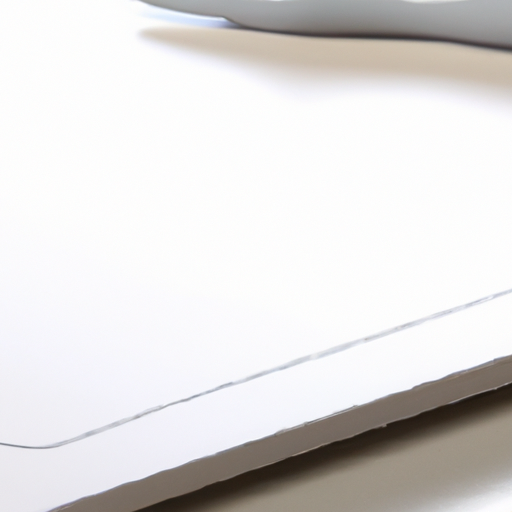Understanding the Types of Whiteboards
Whiteboards, commonly utilized in various settings such as corporate offices, educational institutions, and home environments, come in several types, each designed for specific applications and user needs. The most prevalent type is the traditional dry-erase board, which features a smooth, glossy surface allowing easy writing and erasure. These boards are often made from melamine or painted steel. They are cost-effective and suitable for general use, although they might require frequent replacement due to wear over time.
Another popular option is the porcelain whiteboard, known for its durability and resistance to staining and ghosting. This type is constructed from a steel base coated with porcelain enamel, making it an excellent choice for high-usage environments. Despite its higher price point, the longevity and superior writing surface justify the investment for many organizations.
Glass boards have gained traction due to their modern aesthetic and ease of maintenance. They are made from tempered glass that resists staining and damage while providing a sleek surface for writing. Available in various colors and sizes, they not only serve functionality but also enhance the visual appeal of a space. However, they may be more fragile and pricier compared to traditional options.
Lastly, interactive whiteboards have revolutionized collaborative learning and presentations. These boards integrate digital technology, allowing users to write, draw, and manipulate content with finger or stylus. Although they are typically more expensive and require specific software and training, their functionality makes them ideal for classrooms and conference rooms where interactivity is pivotal.
Each type of whiteboard offers distinct advantages and disadvantages influenced by factors such as setting, frequency of use, and budget. Understanding these differences can greatly assist in making an informed decision aligned with one’s specific needs.
Key Factors to Consider When Selecting a Whiteboard Manufacturer
Choosing the right whiteboard manufacturer involves a comprehensive evaluation of several critical factors that could significantly impact your purchasing decision. First and foremost, product quality is paramount. Buyers should look for manufacturers that utilize durable materials, such as high-pressure laminate or porcelain, to ensure longevity and reliability. The surface finish is also essential; a smooth writing surface enables easier erasing and writing, leading to a better user experience.
Another factor to consider is the range of customization options available. Many manufacturers offer various sizes, colors, and designs to cater to specific needs. If you have unique requirements, such as mobile whiteboards or interactive features, it is advisable to select a manufacturer renowned for their flexibility in customization. This feature can be essential for educators, businesses, or organizations looking to personalize their workspace.
Pricing is a significant element in the decision-making process. While one might be inclined to opt for the lowest price, it is crucial to balance cost with quality and features. Be wary of manufacturers that offer unusually low prices, as this may indicate inferior products. Evaluating the warranty and return policies is equally important; a reputable vendor will often offer robust warranties that reflect their commitment to quality.
Furthermore, consider the level of customer service and support provided by the manufacturer. An efficient customer service system can facilitate troubleshooting and provide assistance should issues arise with your whiteboard. It is also advisable to check delivery times and the manufacturer’s reputation in the industry. Look for testimonials, reviews, and any certifications that signify adherence to quality standards. These components will assist you in selecting a reliable supplier, ensuring your investment in whiteboards meets your expectations and needs.



